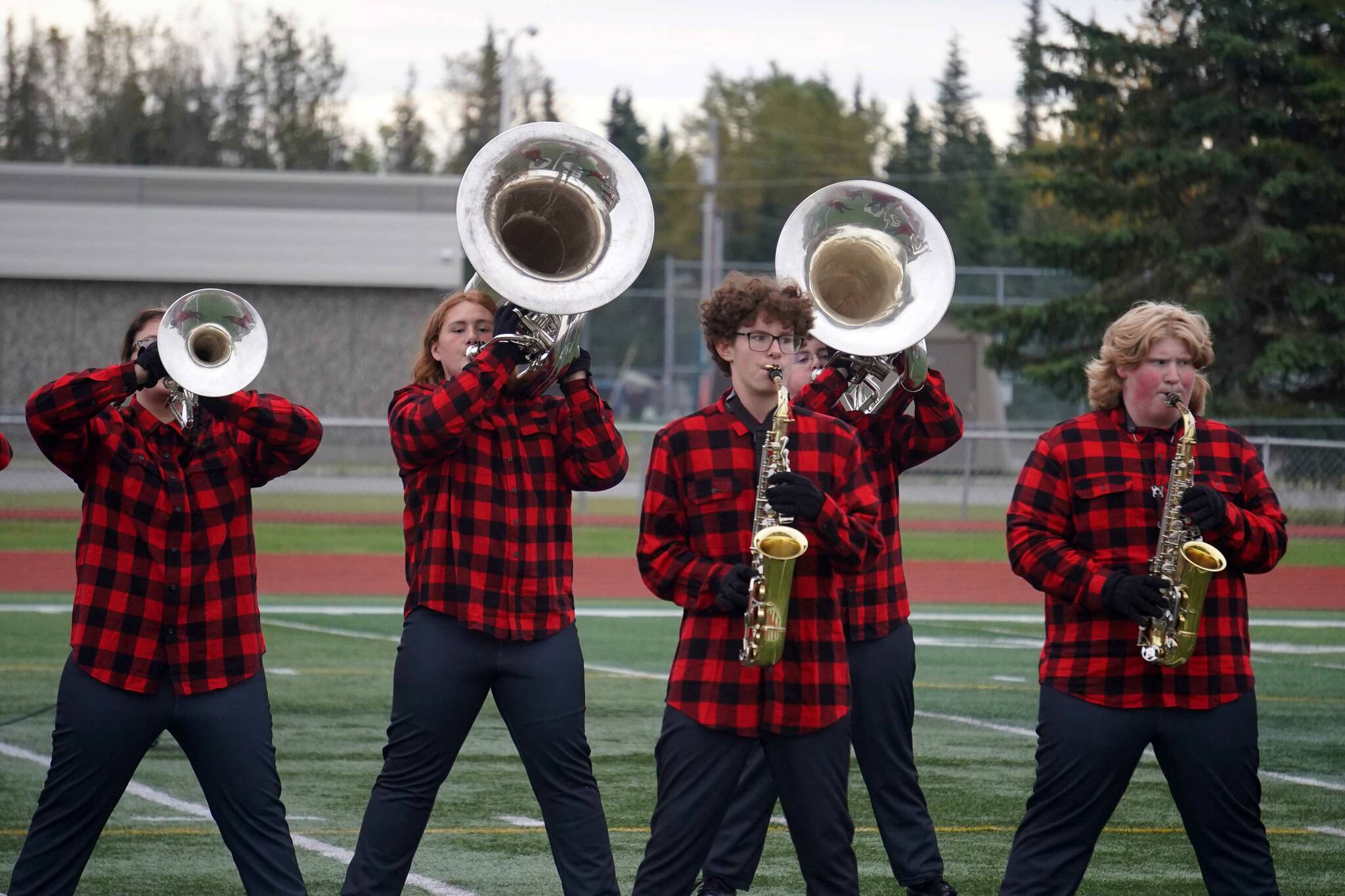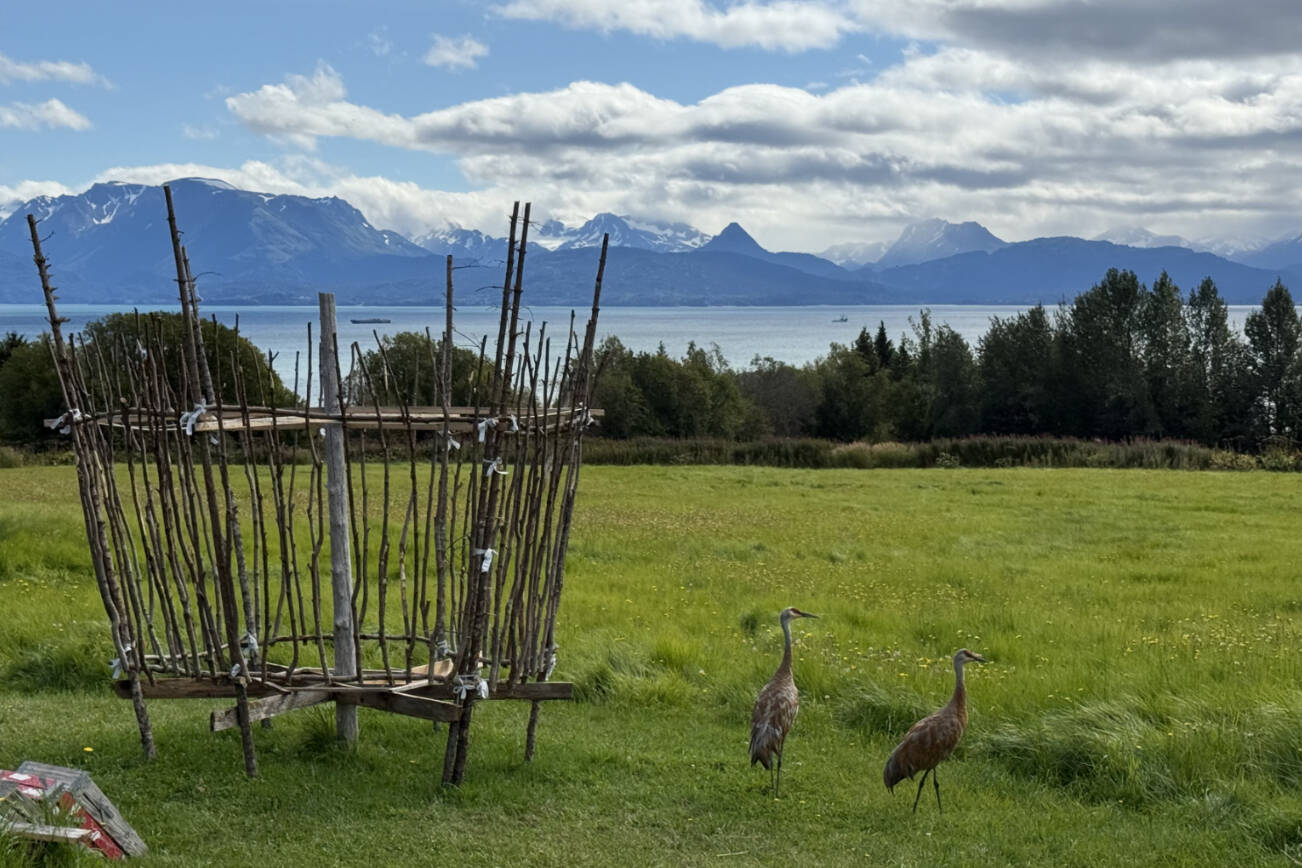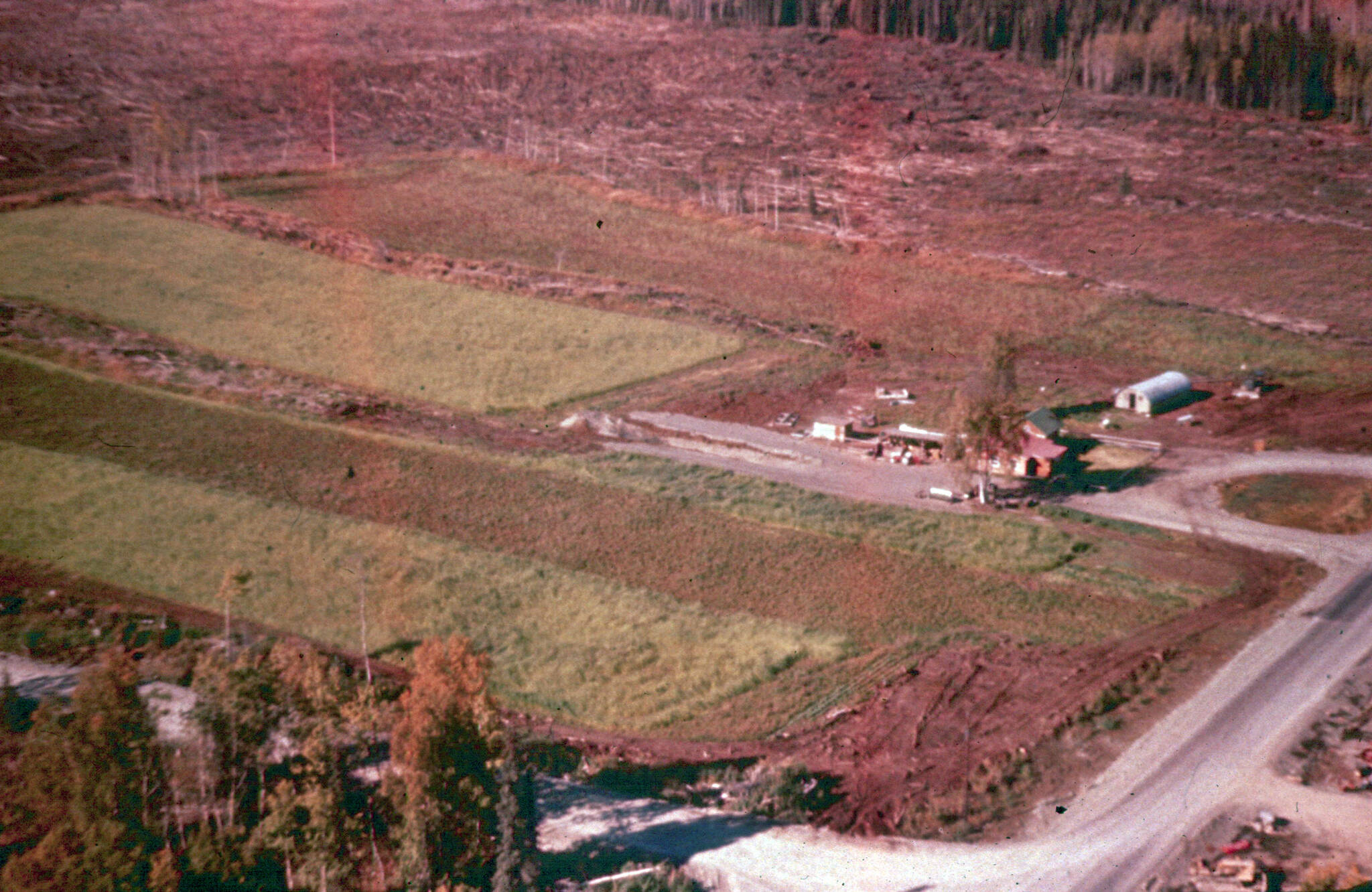JUNEAU, Alaska (AP) — Man against nature.
The theme is as old as time, or as old as man has existed in time.
Juneau’s Houston Laws has set his sights on four 100-mile ultrarunning (long-distance) races that will pit his body against nature, against time and against himself.
A 100-miler usually features the athlete alone in the wilderness and in his own thoughts.
“I like that,” Laws said. “In my job working at the hospital it is pleasing everybody else and serving everybody else, which I enjoy, but when it is my time this is how I can help myself. That solitude, decompressing from work, that is what running is. Being out there alone is the alluring part, and achieving the goal is what draws me to these 100-milers.”
The original Grand Slam of Ultrarunning consists of running, and finishing, the four oldest 100-mile trail runs in the U.S. in the same year: the Western States 100 Mile Endurance Run, Vermont 100 Mile Endurance Run, Leadville Trail 100 Mile run and the Wasatch Front 100 Mile Endurance Run.
The Alaska Grand Slam consists of the Susitna, the White Mountains 100, the Sluice Box 100 and the Resurrection Pass Trail 100.
Laws will question if he has done everything right to earn each of the 100-mile finishes.
His first is Saturday, Feb. 15, in the Susitna 100 where temperatures will vary between the lower teens and minus 10.
“That is the big appeal,” Laws said, the Mendenhall Lake ice catching his footfalls as he ran laps around its snow-tipped shores.
“If I do better in time that is just awesome. That is icing. I can’t predict what will happen, but what happens along the event is part of why I do it.”
On this day Laws is towing a small child’s sled remodeled to hold the roughly 25 pounds of gear that will follow him along the paths.
Susitna 100 Race officials require runners to pack or drag provisions such as emergency food, a minus-20-degrees-Fahrenheit sleeping bag, foam mat, front and rear light, two quarts of water and a tent. Laws will add snacks, several clothes, eight pairs of socks and undergarments. Safety checkpoints will provide hot meals and fresh water. Runners will be disqualified if their gear bags fall under 15 pounds or if they don’t finish within 48 hours. Laws hopes to average 12-15 minute miles and finish under 30 hours. Due to safety concerns and unfavorable conditions, last year’s Susitna 100 was canceled.
“It was a fun challenge constructing this sled,” Laws said. “This race requires so much stuff and what I have read in blog posts and such is that a sled is the way to go instead of having a big back pack. You can buy sleds but they are expensive and overweight and huge.”
Laws bought a roughly 3-foot long child’s sled for $10 at a local store. The use of a friend’s wood shop led to four wooden chalks added to rest the sled on top of used children’s cross country skis and lessen the drag while increasing speed.
“The skis provide a focal point,” Laws said. “And that is less material to drag. More surface area to drag is more weight, the skis allows less area.”
Laws used chimney rods that attach to eyebolts on the sled and connect to carabiners on a pack-harness waist belt. The skis were sanded down to remove factory tracking marks on the bottom and re-waxed.
“So far it has seemed to work OK,” Laws said. “Temperatures may be a concern but I don’t expect any sudden impacts as the trail is packed each day.”
Laws has averaged 20 to 30 miles four to five times a week for the past four months. In an average four-day span he is running 100 to 130 miles.
The biggest obstacle in training, aside from injury, is monotony.
On days where training miles seem daunting he makes a deal with himself: He runs a couple miles and sees if his feelings change.
“If I don’t feel like doing 20 I won’t force myself,” Laws said. “I will change things up, make it interesting. I have gone through so many audio books. You get this feeling when running, not that you have to, but you want to and, if anything, it is my therapy. What is my next goal? How do I challenge myself more next year? The goal is the motivator, the carrot, and as I continue being active and enjoying the lifestyle I feel like I am improving my quality of life.”
Laws will have two winter races and two summer races. Two feature cold physical punishment and two the warmer, fast-paced challenges.
“The winters are definitely about strategy,” Laws said. “How many stops to take? What are priorities and what are not? How am I going to cut time? The extreme cold will burn more calories. It is slow going. The summer is about speed, something I am not good at. I will have to start tailoring my training to be faster. Currently I have been preparing for distance.”
The Susitna 100, a human-powered (ski, foot or bike) race, starts in Big Lake and follows packed snowmachine and sled dog mushing trails in the Susitna River Valley, north of Anchorage. David Johnston was the fastest male in 2012 with 24 hours, 11 minutes. Laura McDonough was the fastest female in 28 hours, 45 minutes.
The White Mountains 100 on March 30 is a human-powered winter chiller. Last year McDonough was the first runner to reach the finish line in 30 hours, 41 minutes to win the running division for the second straight year. Laws posted a 33.4-hour time after battling exhaustion, nausea, bitter cold and hallucinations.
The Sluice Box 100 on June 28, near Fairbanks, is a foot or bike race considered the toughest in the interior and has a 36-hour time limit. Last year’s fastest men’s running time went to Eric Schmidgall in 18 hours, 20 minutes and 30 seconds. McDonough posted the fastest women’s running time with 24 hours, one minute and one second.
Resurrection Pass Trail 100 begins Aug. 8 at the Resurrection Pass Trailhead in Hope. The race is primarily on a U.S. Forest Service trail between Hope and Cooper Landing. Last year McDonough won the race for the third time, posting a 22 hour, 6 minute time.
Laws is sponsored by Ketchikan’s Tongass Substance Screening.
“The owner made it clear with her support she wants to help me do everything I can to focus on my goal to complete the Alaska Slam, be a positive role model and maybe motivate others to a more active lifestyle,” Laws said. “I have a goal but getting there is expensive. There is so much to attain, logistically, physically and informatively. She has helped make that possible through funding.”
Laws wrestled at Ketchikan High School, graduating in 2004, and moved to Juneau in 2008.
“We are so lucky,” Laws said. “Living in Juneau is a privilege. We have everything available in the mountains around us. I have learned cool stuff and met awesome people. I met a wax guru named Peter who taught me more than what I can remember about hydrocarbon versus low-fluorocarbon ski waxes. My friends and I built a one-of-a-kind pulk that will carry safety equipment. I learn how hypoglycemia feels, what my body needs for better performance and I run with the Smokin’ Old Geezers. Why not take advantage of it?”
When each race ends Laws will buy a pair of extra-sized shoes to allow his swollen feet comfort. Walks, perhaps to a local pool for rehabilitative swims, will be needed to soothe aches and pains and prevent further damage.
“It is just like a meditation,” Laws said of ultrarunning. “It is being in your mind. It is unconscious. You just start moving your feet forward and all you know are the conversations and thoughts of everything. You do the body scan and feel if everything is good. These races are just another opportunity to be in my head, to be thinking about myself, to take care of myself in a mental capacity. I am away from distractions, away from my cellphone, away from all these other considerations.”
If another athlete is in the same paces as Laws, that too will be OK.
“That is welcome,” Laws said. “Over a span of 30 hours I will have plenty of time to be by myself and I have plenty of time to look forward to running with other people, too.”












